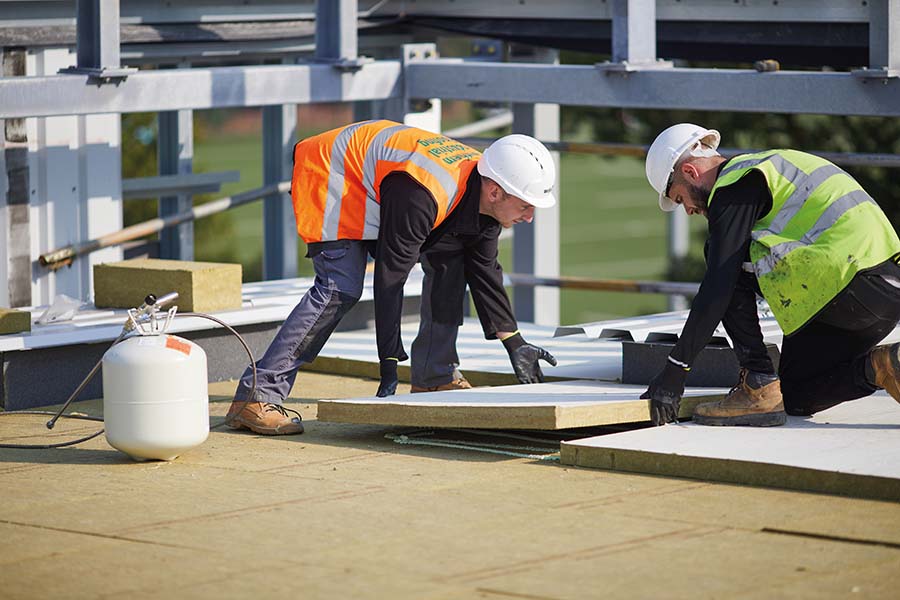10 Effective Strategies to Promote Your Local Business Online10 Effective Strategies to Promote Your Local Business Online
In today’s digital age, having a strong online presence is essential for the success of any local business. With the majority of consumers turning to the internet to find products and services, it’s crucial for local businesses to actively promote themselves online to reach their target audience effectively. In this blog post, we’ll explore ten effective strategies to help you promote your local business online and thrive in the competitive digital landscape and
learn how to promote your small business in the internet

1. Optimize Your Website for Local Search
Ensure that your website is optimized for local search by including relevant keywords related to your business and location throughout your website content, meta descriptions, and title tags. Additionally, create a Google My Business profile and list your business on other online directories such as Yelp and Yellow Pages.
2. Leverage the Power of Social Media
Social media platforms like Facebook, Instagram, and Twitter offer excellent opportunities to connect with your local community and promote your business. Regularly post engaging content, share updates about your products or services, and interact with your followers to build brand awareness and customer loyalty.
3. Create Compelling Content
Content marketing is a powerful tool for attracting and engaging potential customers. Create high-quality, informative content such as blog posts, videos, or infographics that address the needs and interests of your target audience. Share your content on your website and Social media channels to establish yourself as a trusted authority in your industry.
4. Offer Exclusive Deals and Discounts
Consider offering exclusive discounts or promotions to your online audience. Use social media platforms or email marketing to advertise these special offers and encourage customers to visit your business or make a purchase.
5. Collect and Showcase Customer Reviews
Positive reviews and testimonials can significantly influence purchasing decisions. Encourage satisfied customers to leave reviews on platforms like Google, Yelp, or Facebook, and showcase these testimonials on your website and social media profiles to build trust and credibility.
6. Implement Local SEO Strategies
Local SEO tactics can help your business rank higher in local search results and attract more organic traffic. This includes optimizing your website for local keywords, obtaining backlinks from local websites, and ensuring that your business information is consistent across all online platforms.
7. Partner with Local Influencers
Collaborating with local influencers or bloggers can help you reach a wider audience and increase brand awareness. Identify influencers in your area who align with your brand values and target audience, and explore opportunities for partnerships such as sponsored content or influencer events.
8. Host Online Events or Webinars
Hosting online events or webinars related to your industry or niche can help you showcase your expertise and attract potential customers. Use social media, email marketing, and online advertising to promote your events and encourage people to register and participate.
9. Optimize for Mobile
Ensure that your website is optimized for mobile users by choosing a responsive website design that adapts to different screen sizes. Make sure that your content loads quickly and is easy to navigate on mobile devices.
10. Monitor and Analyze Your Results
Regularly monitor and analyze the performance of your online marketing efforts using tools like Google Analytics. Use this data to identify what’s working well and what areas need improvement, and adjust your strategies accordingly.
Conclusion: Promoting your local business online requires a combination of strategic planning, creativity, and consistent effort. By implementing the ten strategies outlined in this blog post, you can effectively increase your online visibility, attract more customers, and ultimately grow your business in the digital age. Embrace the power of the internet to connect with your local community, build meaningful relationships, and position your business for long-term success.

